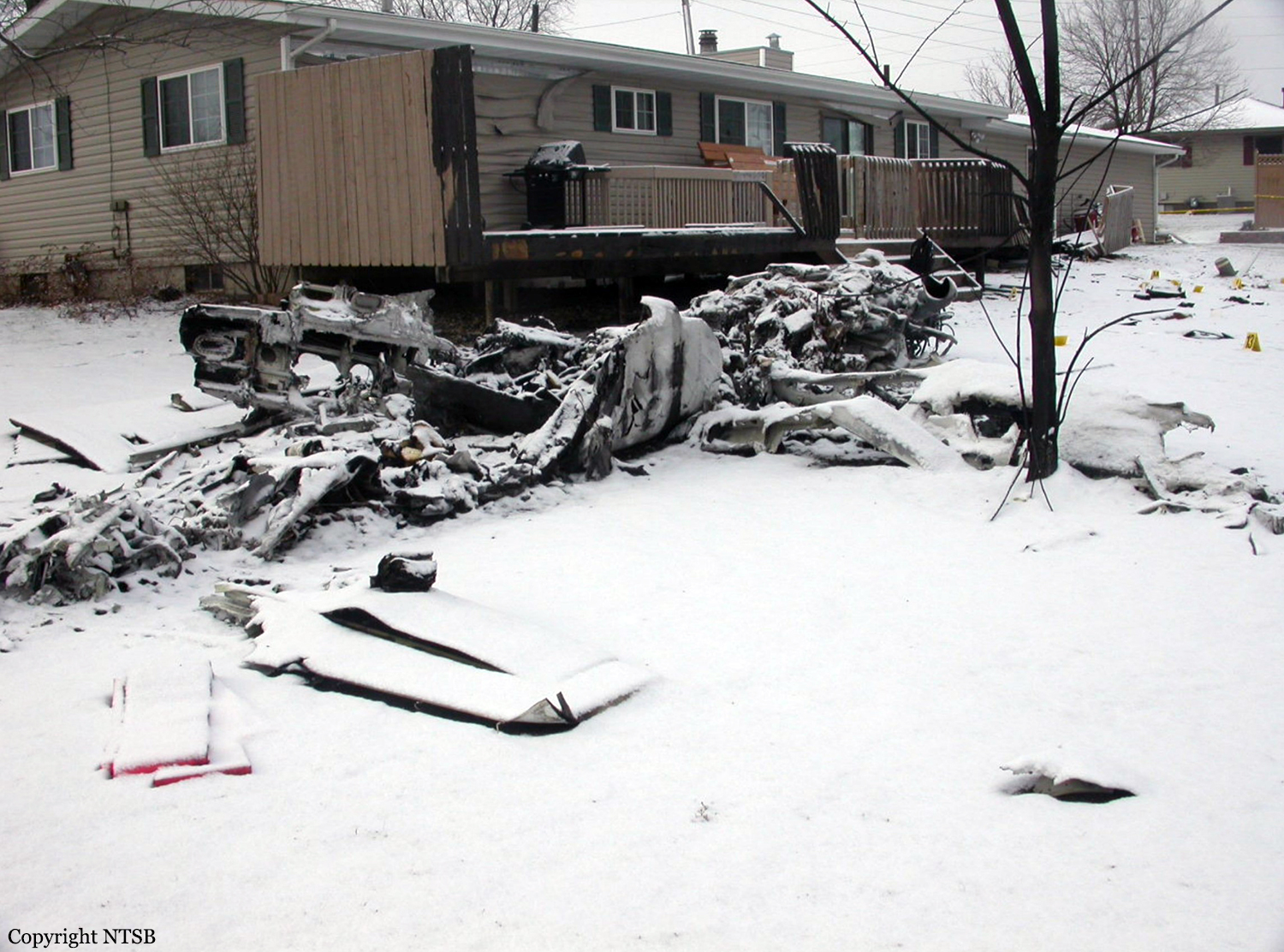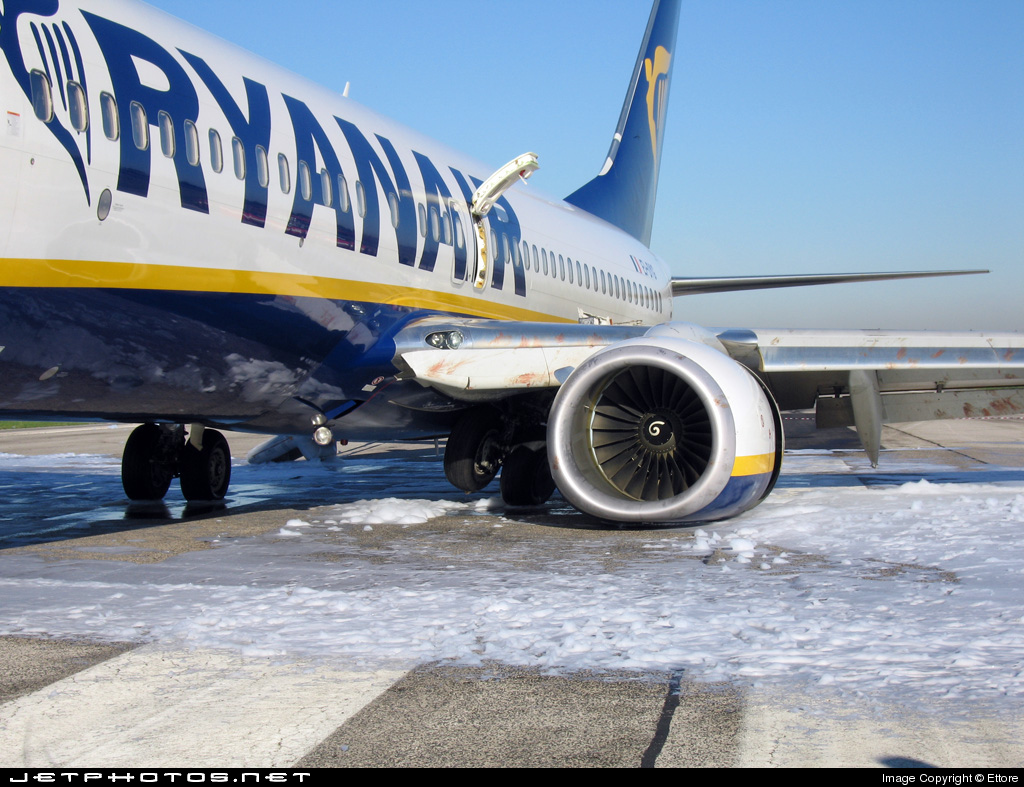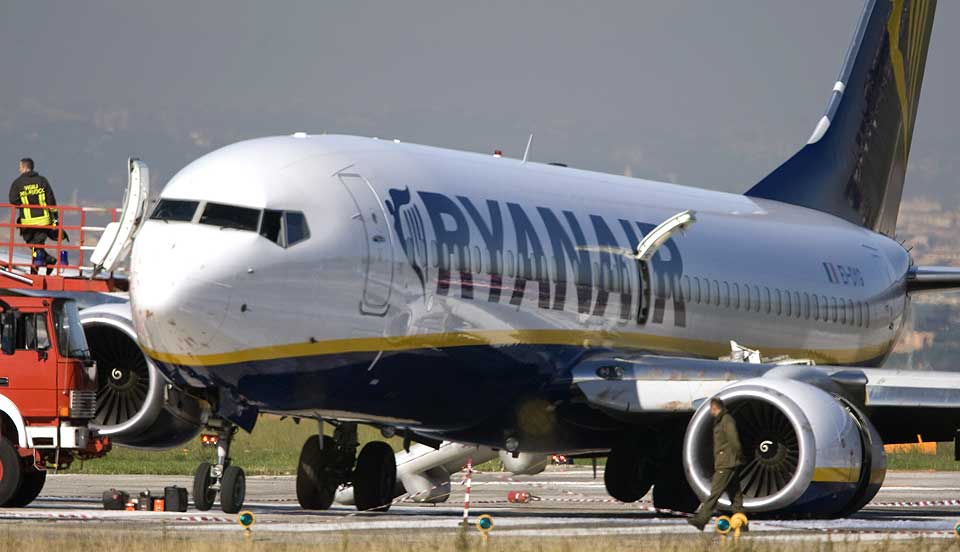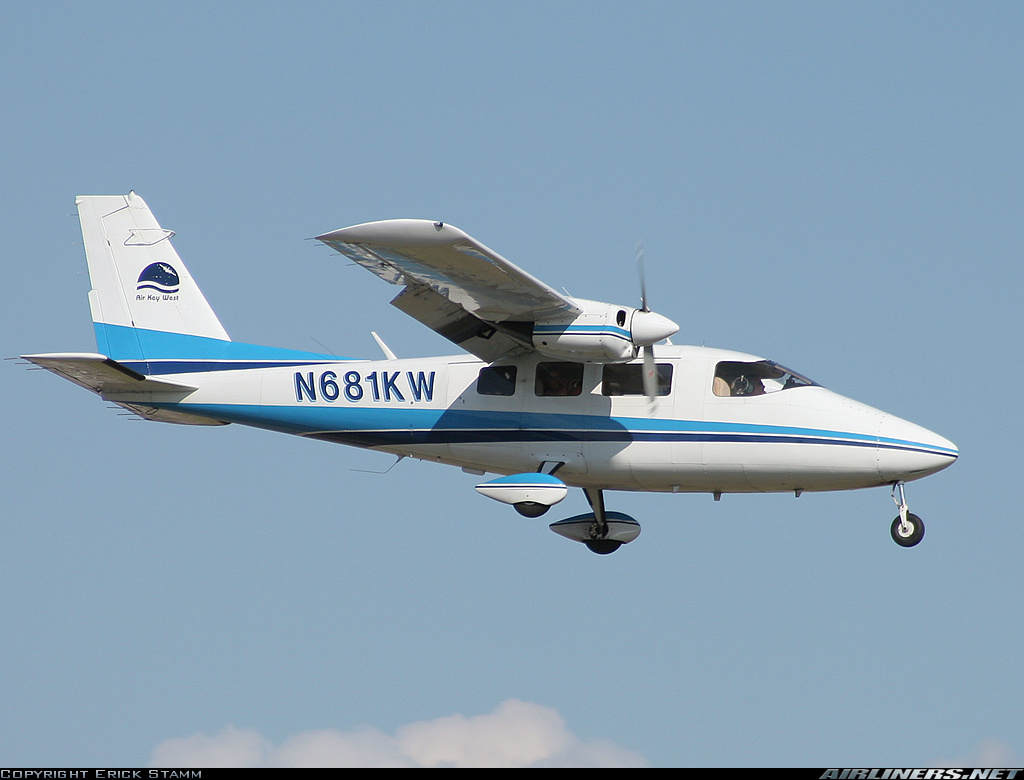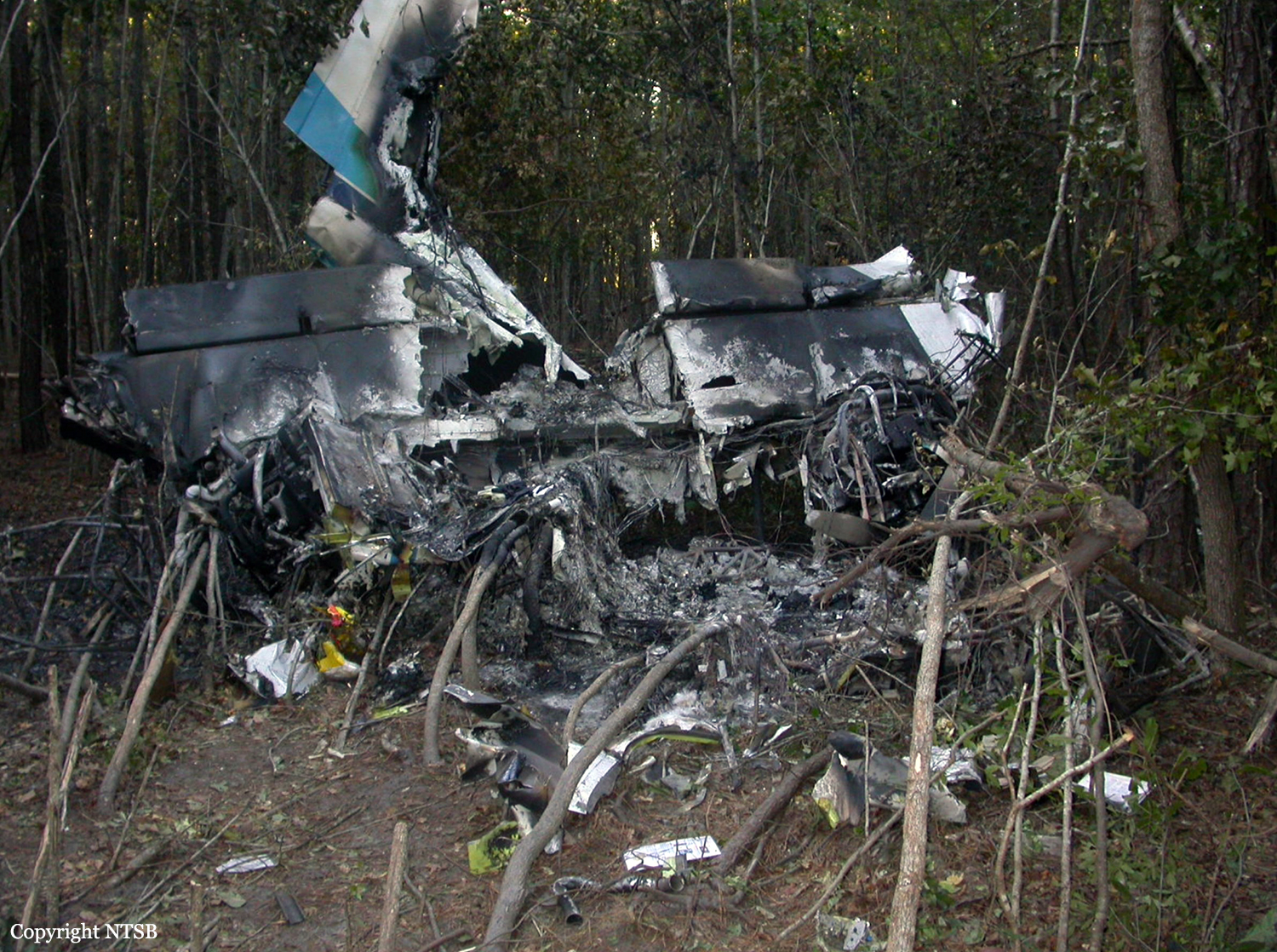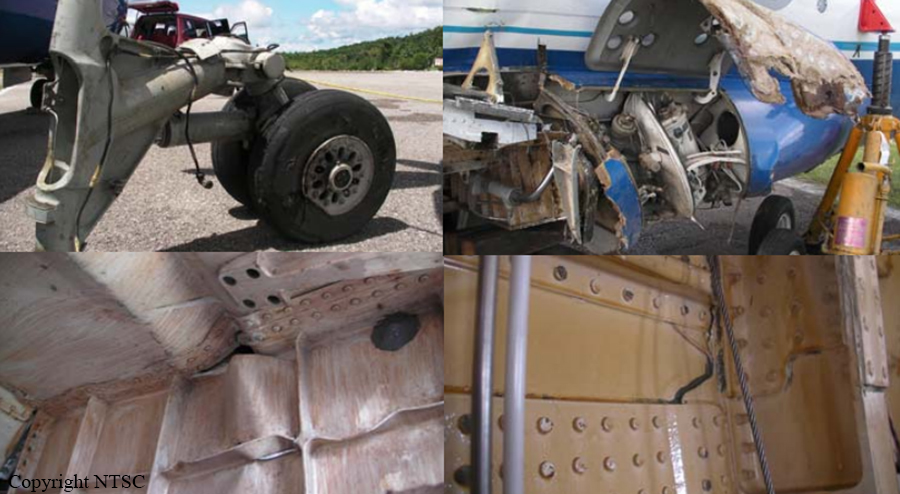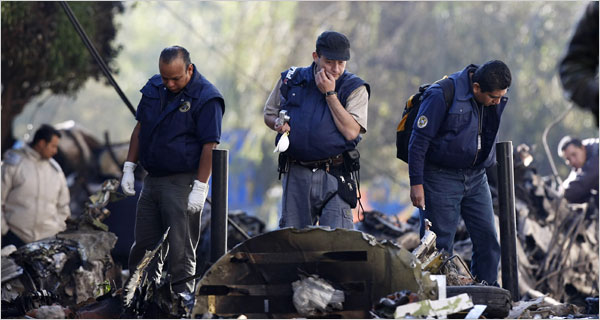Crash of a Beechcraft 200 Super King Air in Recife: 2 killed
Date & Time:
Nov 23, 2008 at 1115 LT
Registration:
PT-OSR
Survivors:
Yes
Schedule:
Teresina - Recife
MSN:
BB-784
YOM:
1981
Crew on board:
2
Crew fatalities:
Pax on board:
8
Pax fatalities:
Other fatalities:
Total fatalities:
2
Circumstances:
Following an uneventful flight from Teresina, the crew started the approach to Recife-Guararapes Airport runway 18. On final, both engines failed simultaneously. The aircraft stalled and crashed in a residential area located 5 km from the runway threshold. A passenger and a pilot were killed while eight others occupants were injured. There were no victims on the ground while the aircraft was destroyed.
Probable cause:
Double engine failure caused by a fuel exhaustion. The following contributing factors were identified:
- Poor flight planning,
- The crew failed to add sufficient fuel prior to departure from Teresina Airport,
- The fuel quantity was insufficient for the required distance,
- The crew failed to follow the published procedures,
- Overconfidence from the crew,
- Poor organisational culture on part of the operator,
- Lack of discipline and poor judgment on part of the crew,
- Lack of supervision.
- Poor flight planning,
- The crew failed to add sufficient fuel prior to departure from Teresina Airport,
- The fuel quantity was insufficient for the required distance,
- The crew failed to follow the published procedures,
- Overconfidence from the crew,
- Poor organisational culture on part of the operator,
- Lack of discipline and poor judgment on part of the crew,
- Lack of supervision.
Final Report:






